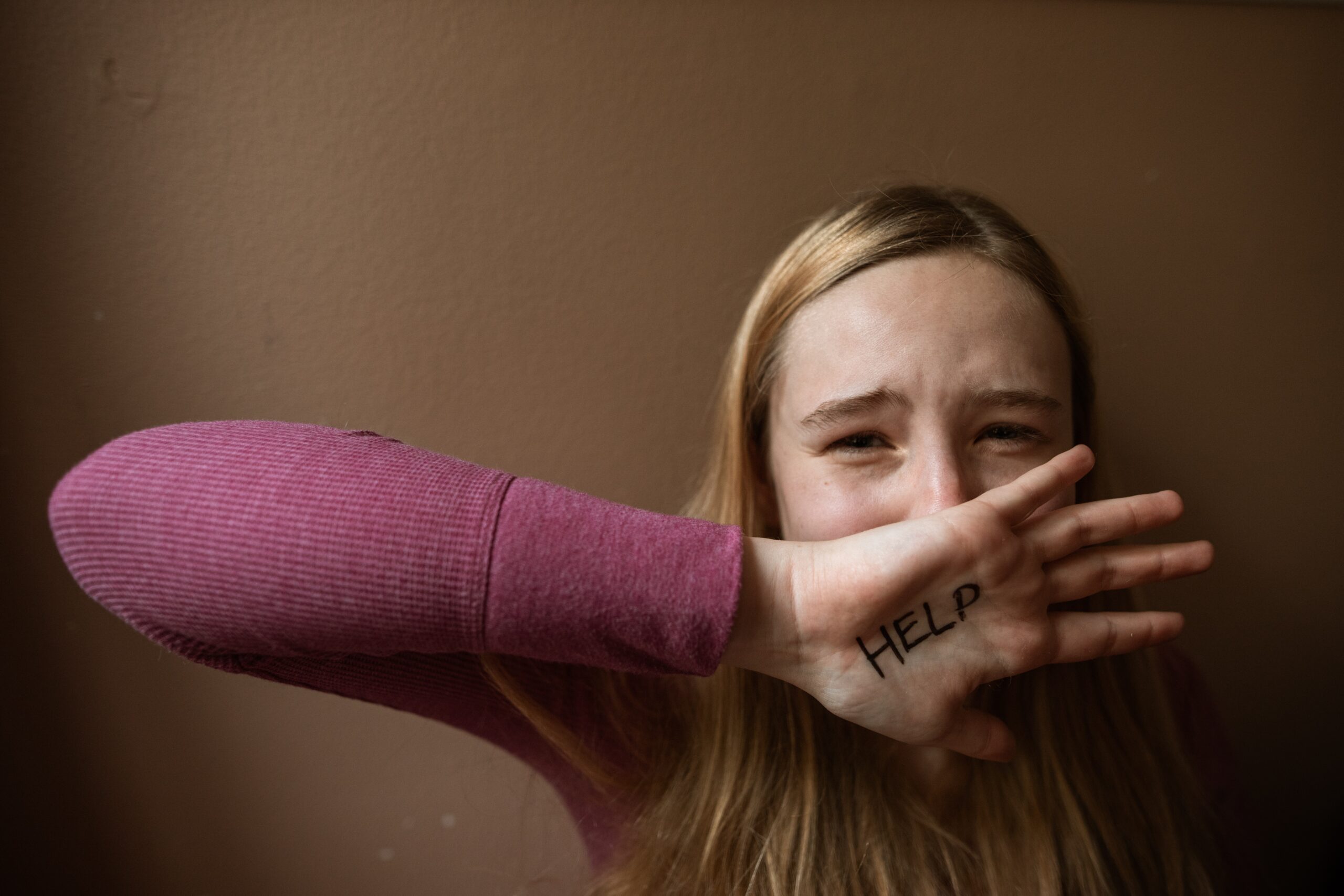![]()
Introduction: Relation between Islamic law and International Humanitarian Law
International conventions establish a core set of tenets for all nations to abide by, however, these promulgations conjointly endeavor to accord people the maximum quantity of autonomy to apply their religion. To illustrate, the International Covenant on Civil and Political Rights (“ICCPR”) declares that freedom to manifest one’s faith or beliefs could be subject solely to such restrictions as are prescribed by law and necessary to protect public safety, order, health, or morals or the elemental rights and freedoms of others.[1]
International covenants establish a core set of principles for all nations to abide by, but these promulgations also endeavor to accord individuals the maximum amount of autonomy to practice their faith. Accomplishing the ICCPR’s ideal harmony between the person’s opportunity to practice their confidence and the universal network’s enthusiasm for maintaining common liberties has demonstrated testing in Muslim nations, quite those that have received simpleton translations of Islam’s sacred book.
The Qur’an groups all individuals as believers or unbelievers, the last of whom are either dhimmis (“protected people”- in particular, Christians and Jews) or “unprotected people” under an Islamic government. While Dhimmis have been traditionally endowed with many benefits to the people of their Muslim country, they may also be prejudiced against in a way that violates International law. For example, dhimmis are usually compelled to subsidize the state-run system of religious establishments, together with mosques and colleges, and are ineligible for higher positions within the government.
“Unprotected persons” are, by definition, given lesser rights than both Muslims and dhimmis, rendering them notably susceptible to forced conversion and alternative types of oppression. Legal principles that affect solely the Muslim community also can be in tension with International law. Whereas some Islamic governments have versed this quandary by mandating that secular law govern the state, others have adopted a strictly religious legal model.
Protection of Women under Islamic Laws: Supportive or Oppressive?
The personal law in India is for the people of various faith and applicable consistent with the religion of the person. Muslim women have been fighting for gender equality for several decades. All-India Muslim Personal Law Board is one of the most cogent bodies in the Moslem community. There are many supporters as well as many critics of this board. It has rejected the proposal to alter the Muslim personal law several times as they believe it’ll infringe upon the basic principles of Islam. Further, there are several male members dominating the particular board. Whereas the Quran doesn’t support a structure that’s solely managed by the patriarchy system.
Muslim girl’s rights of a wedding, divorce, inheritance has motivated many Muslim women activists to fight for their rights. Illustrated below are some laws which lock horns with today’s women rights activists. According to Q 4:34[2], husbands are allowed to hit their wives if they “fear disobedience” thus implying actual disobedience isn’t necessitated to happen for such action to be justified. It is illustrated in Q 65:4[3] that sexual relations with pre-pubescent girls who have not yet had their menstrual cycle are allowed. The warriors are permitted to capture and enslave ‘infidel’ women and use them for sexual gratification. Reformers need to direct their attention in cultivating a tolerant Islam, one that bestows a much-dignified place to women than traditional Islam.
However, a well-established principle of Islamic law is that nikah or marriage cannot be performed without the free consent of the bride. She encompasses a right to agree or refuse binding terms and conditions in marriage. On polygamy, Q4:3[4] requires austere justice to all wives by warning that if one cannot equate justice amongst them then it is advisable to marry only one. Q4:129 clarifies that dispersing equal justice is impossible for any human thus polygamy should not be practiced unreserved.
Mahr is another concept in Islamic law that is directly in connection with the right to property of Muslim women. It is essentially is a gift that is due to a Muslim wife from her husband on marriage as a token of respect which symbolizes his sincerity and love for her. The Quranic divorce requires two adjudicators, one from each of the couple’s side, but also two credible witnesses for announcing a divorce. However, many helpless women are abandoned by people not following the proper procedure and informally pronouncing triple divorce in a single sitting. Triple talaq was rendered illegal and void by India’s apex court in 2019.[5]
Protection of children under Islamic Laws: Are there enough laws?
Under Muslim law, a husband is obliged to keep up his significant other and family, and the term ‘maintenance’ implies the sum he is subject to pay for the equivalent. The term utilized for upkeep under Muslim Law is called nafaqa and it grasps food, garment, and housing. The father has to maintain his son only until he reaches puberty and has to maintain his daughter until she gets married. It is the duty of the parents to develop their child’s personality and terminating a pregnancy due to financial constraints is not permitted under Q6:151.[6]
Under Muslim individual law, the privilege of a child’s custody is offered exclusively to a mother except if she is viewed as an ill-suited guardian. This is known as the privilege of hizanat and can be authorized against any individual including the father. The mother’s privilege of child care isn’t outright and exists just if such right is advantageous and in light of a legitimate concern for her children. Therefore, the interest of the kids is at the front line of Muslim law. However, these laws do not particularly address draconian practices like child marriage and death sentences for juveniles. Failing even to ban all forms of female genital mutilation.
Protection of Women and Children under International Humanitarian Law
Women are secured by the Fourth Geneva Convention in the event of an international armed conflict comparative with the assurance of civilians in case of war. Under these conditions, they profit by all the arrangements which express the essential principles of humane treatment, including appreciation of life and physical and moral trustworthiness, especially restricting compulsion, corporal discipline, torment, aggregate punishments, responses, loot, and the capturing of prisoners. The origin of Art. 76, P. I, entitled “Protection of Women”, is a goal of the United Nations Economic and Social Council of April 1970 which emphasizes the security of women and children in the time of crisis, war, battle for harmony, public freedom, and autonomy, welcomes the U.N. Secretary-General to give exceptional regard for this problem.[7]
Around 560 articles in the Geneva Conventions of 1949 and about 40 in the Additional Protocols of 1977 are primarily focused on women.[8] If in reality women are not always protected as they should be, it is not due to the lack of a legal system. For instance, the rape of countless women in the conflict in Bangladesh in 1971 could not be prevented despite having in place Article 27 of the Fourth Geneva Convention, which provides special protection for women against any attacks on their honor and in particular against rape, enforced prostitution or any form of indecent assault.
The Fourth Geneva Convention includes numerous provisions in favor of children and provides for their right to aid and care. In Protocol I, under article 77, it has been stated that children shall be the object of special respect and shall be protected against any form of indecent assault. Maintenance for an orphaned child’s education must be provided by the state and every child shall receive an education, including religious and moral education. The minimum age fixed for the execution of a death penalty is eighteen years by the Fourth Geneva Convention. Under article 132, the Convention encourages the discharge, repatriation, return to places of residence, or residence in a neutral country of children and mothers with infants and young children for their safeguard.
Relevant Cases
Shayara Bano vs Union Of India And Ors.[9]
Triple talaq is the practice under which a Muslim man can separate from his significant other by uttering “talaq” thrice. It is generally observed among India’s Muslim people group and with the coming of innovation, the idea of triple talaq got simpler to execute. There were a few cases announced about spouses sending messages or voice notes or even pictures to utter talaq. The right to divorce without any valid reason as such was vested in the hands of the husband rendering women as mute victims. The court in Shayara Bano vs Union Of India And Ors. case declared the practice of instant triple talaq that is talaq-i-biddat to be “unconstitutional” with 2 judges, Justices Nariman and Lalit finding it to be un-Islamic.
Mohd. Ahmed Khan v. Shah Bano Begum and Others (1985 AIR 945)[10]
The issue raised in this case was whether the amount of Mehr given by the husband on divorce is adequate and if he is further liable to maintain his wife or not. The Court concluded that it is the husband’s legal liability to maintain his wife under Section 125 of CrPc and will come to an end if a divorced wife is competent to maintain herself. This judgment was criticized by Muslims and as indicated by them this choice was in strife with the guidelines of the “Quran” and “Islamic Laws/Islam”. So Parliament of India chose to enact the Muslim Women (Protection Of Rights Of Divorce) Act, 1986.
Prosecutor v. Akayesu[11]
Mr. Jean Paul Akayesu served as a Mayor of the Taba community and was accountable for maintaining law and public order in Taba throughout the tragic events that passed in Ruanda in 1994. The court held that Akayesu was aware of the mass killings of thousands of Tutsis in Taba, however failed to try to stop such acts while he had the duty to do so. Moreover, Mr. Akayesu even partook in some instances. The court found Akayesu was guilty of genocide and crimes against humanity. This case is very important as a result of it established for the first time that sexual violence constitutes a crime against humanity and a tool of race murder by government officials. The court’s broad definitions of rape and sexual violence were the first of their kind in International humanitarian law.
Conclusion
From the Code of Hammurabi, the Law of Manu and the Magna Carta, to present-day arrangements, for example, the Hague and Geneva Conventions, Human Rights Law has advanced and extended. However, the previously mentioned understandings have not been adequate to stem the constant tide of enduring that has been time after time executed by a small bunch of people against their people. Individuals living in the involved regions experience the ill effects of torment, killings, the devastation of their homes and schools, and the ceaseless deaths of their pioneers in opposition gatherings.
All of these outrages, notwithstanding their day by day obligations concerning their own families, have brought a weight upon the women; a weight which these and different agreements can ideally help reduce sometime in the future. There is much in the Islamic source texts that aren’t viable with contemporary Western originations of the equality of man and woman. Notwithstanding, there are potential pathways for transforming these components of Islam. Reformers are driving the force towards transforming Islam, however, with regards to women under sharia, they ought to be more proactive and they should start to lead the pack in demanding equivalent treatment.
References:
[1] Khan, A. (2006). The Interaction between Shariah and International Law in Arbitration. Chicago Journal of International Law Chicago Journal of International Law, 6(2), 16. https://chicagounbound.uchicago.edu/cgi/viewcontent.cgi?article=1482&context=cjil
[2]The Quranic Arabic Corpus – Translation. (2009). Quran.Com. http://corpus.quran.com/translation.jsp?chapter=4&verse=34
[3]The Quranic Arabic Corpus – Translation. (2009). Quran.Com. http://corpus.quran.com/translation.jsp?chapter=65&verse=4
[4]Surah An-Nisa [4:3]. (n.d.). Surah An-Nisa [4:3]. Retrieved August 26, 2020, from https://quran.com/4/3
[5]Hemant Varshney. (2018, September 24). Shayara Bano vs Union of India – Triple Talaq – Case Summary – Law Times Journal. Law Times Journal. https://lawtimesjournal.in/triple-talaq
[6] Surah Al-An’am [6:151]. (n.d.). Surah Al-An’am [6:151]. Retrieved August 26, 2020, from https://quran.com/6/151
[7] International Review of the Red Cross, November-December 1980: “New code for the protection of civilian population and property during armed conflict” by Ionel Closca
[8] Krill, F. (1985). The Protection of Women in International Humanitarian Law. International Review of the Red Cross, 25(249), 337–363. https://doi.org/10.1017/s002086040002489x
[9]Hemant Varshney. (2018, September 24). Shayara Bano vs Union of India – Triple Talaq – Case Summary – Law Times Journal. Law Times Journal. https://lawtimesjournal.in/triple-talaq
[10]Case Analysis-Mohd Ahmad Khan v/s Shah Bano Begum. (2016). Legalserviceindia.Com.http://legalserviceindia.com/legal/article-216-case-analysis-mohd-ahmad-khan-v-s-shah-bano-begum.html
[11]ICD – Akayesu – Asser Institute. (n.d.). Www.Internationalcrimesdatabase.Org. http://www.internationalcrimesdatabase.org/Case/50/Akayesu



1 Comment
Rookie · 30/08/2020 at 9:00 PM
Great analysis and great article. Keep up the great work! All the best for your future.